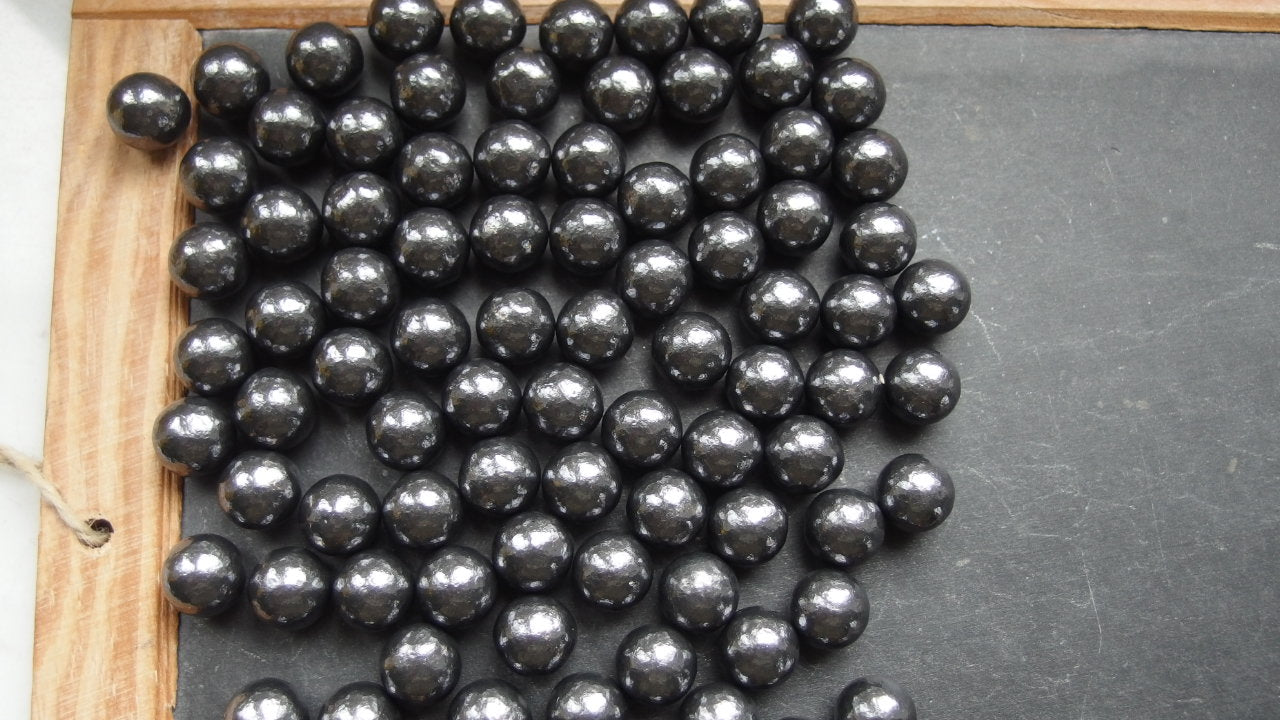Das richtige Geschoss finden
Das Zugmaß gibt den Abstand zweier gegenüberliegender Züge zu einander an.
Das Zugmaß ist immer größer als das Feldmaß.
Das Feldmaß ist seinerseits geringfügig enger als das Maß des Kalibers, also des tatsächlichen Geschossdurchmessers.
Langgeschoss

Das ideale Geschossmaß für Langgeschosse liegt zwischen dem Feld- und dem Zugmaß. Es sollte jedoch immer kleiner und nie gleich dem Zugmaß sein.
Minie

Minié-Geschosse sollen sich leicht saugend laden lassen.Das Idealmaß ist 0,02 mm bis 0,05 mm kleiner als das Feldmaß.Da sich der Hohlboden bei der Explosion verdrückt und ausstültpt wird das Geschoss trotzdem sauber durch die Felder und Züge geführt.
Maxi-Ball

Maxi-Balls sind ähnlich zu behandeln wie Langgeschosse. Das ideale Geschossmaß liegt zwischen dem Feld- und dem Zugmaß.Auch hier sollte der Geschossdurchmesser jedoch nie gleich dem Zugmaß sein.
Bleikugel

Da Rundkugeln mit einem Pflasterpatch geschossen werden, ist hier die Ermittlung etwas komplexer.Die doppelte Pflasterstärke plus der Kugeldurchmesser erbibt das Zugmaß.Beispiel: Pflasterstärke 0,2 mmZugmaß: 11,40 mm→ Die Kugel sollte 11,00 mm im Durchmesser haben.







